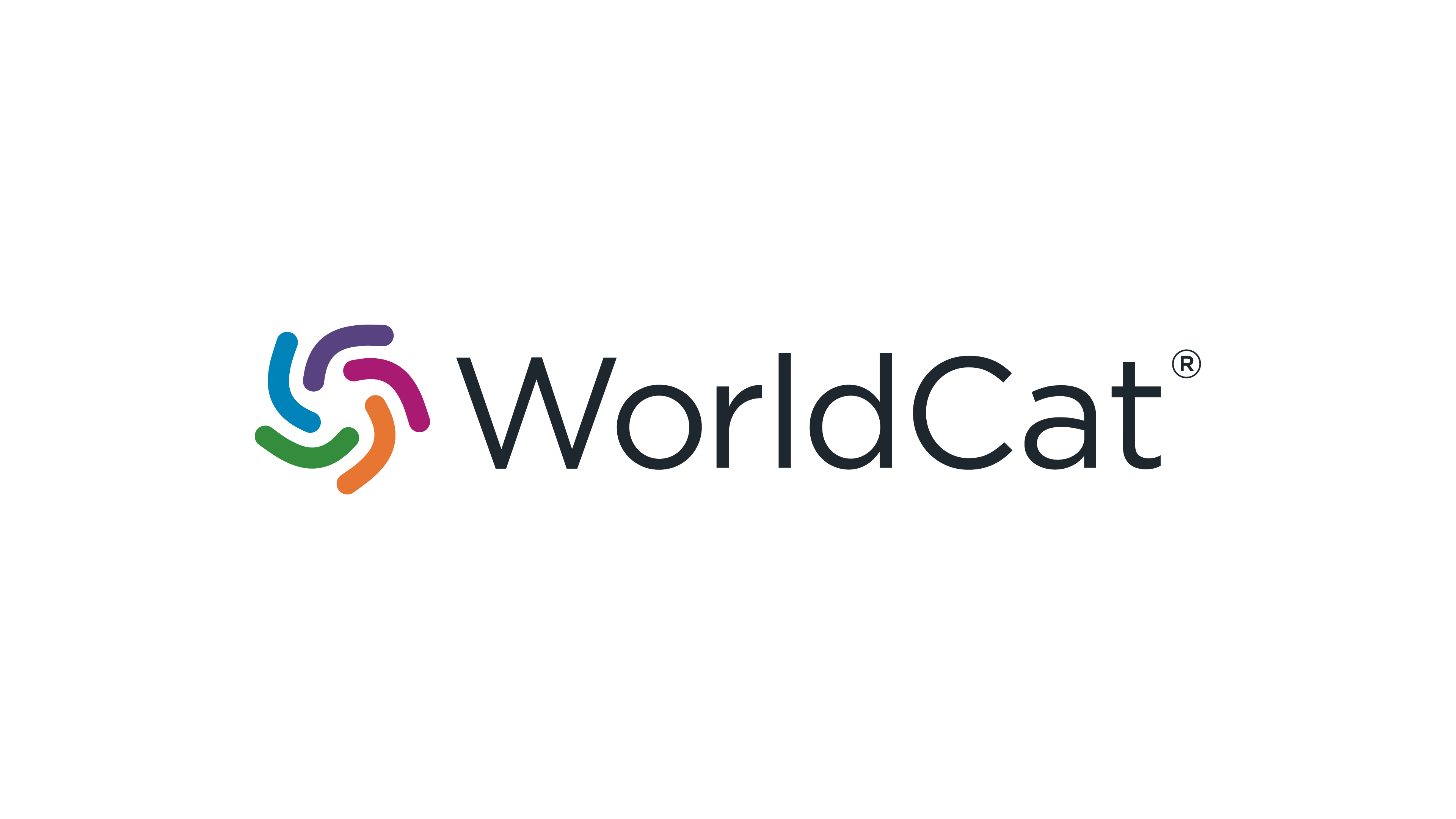Sustainable Food Waste Practice Among Small Medium Enterprise (SME) Restaurant Operators in Peninsular Malaysia
Keywords:
Food Waste, Sustainable Food Waste Practice, Intention, BehaviourAbstract
This study empirically investigates restaurant operators' role to implement sustainable food waste practices. Food waste is mostly associated with behaviours such as negligence or conscious decisions to throw out food. Restaurants have a credible share in municipal waste as one of the significant waste sources globally and in Malaysia. Therefore, this increases the necessity of study waste management practices among restaurants. This study is structured through a self-administered survey with the east coast restaurant operators directly involved in SME related businesses. With 250 respondents, the data were analysed using multivariate analysis using structural equation modelling (SEM) via PLS. An exploratory factor analysis (EFA) and confirmatory factor analysis (CFA) were executed to validate the scales. These findings can be deduced restaurant operators, through its dimensions, influence the adaptation mediating effects and create sustainable food waste practices.
Downloads
References
AAFC. (2013). Agriculture and Agri-Food Canada and International Markets Bureau Foodservice Profile-Malaysia. Agriculture and Agri-Food, Ottawa, 1-18.
Abdul‐Muhmin, A. G. (2007). Explaining consumers' willingness to be environmentally friendly. International Journal of Consumer Studies, 31(3), 237-247.
Ajzen, I. (2002). Perceived behavioral control, self‐efficacy, locus of control, and the theory of planned behavior. Journal of Applied Social Psychology, 32(4), 665-683.
Arnett, D. B., Laverie, D. A., and McLane, C. (2002). Using job satisfaction and pride as internal marketing tools. The Cornell Hotel and Restaurant Administration Quarterly, 43(2), 87-96.
Arvola, A., Vassallo, M., Dean, M., Lampila, P., Saba, A., Lähteenmäki, L., and Shepherd, R. (2008). Predicting intentions to purchase organic food: The role of affective and moral attitudes in the Theory of Planned Behaviour. Appetite, 50(2), 443-454.
Beck, L., and Ajzen, I. (1991). Predicting dishonest actions using the theory of planned behavior. Journal of Research in Personality, 25(3), 285-301.
Björnefors, E., and Kjellsson, L. (2014). Hospitality and Sustainability: A case-study and comparison of the sustainability work by hotels in the Gothenburg area.
Bockman, S., Razzouk, N. Y., and Sirotnik, B. (2009). Going green–from left to center stage: An empirical perspective. Journal of American Academy of Business, 14(2), 8-17.
Cavagnaro, E., and Gehrels, S. A. (2009). Sweet and sour grapes: Implementing sustainability in the hospitality industry—a case study. Journal of Culinary Science & Technology, 7(2-3), 181-195.
Che Aziz, R., Hashim., N. A. A. N, Nawi. M.N., Kunjuraman, V., Alwi, M.K., Awang, Z. & Omar, R.N.R. (2020). The Role of Motivation for The Engagement in Outdoor Recreation: Empirical Evidences from Higher Education Students. Palarch’s Journal Of Archaeology Of Egypt/Egyptology, 17(9), 1917-1930.
Checkley-Layton, A. (1997). Special report: strict audits and formal management structures help Canadian Pacific hotels meet their environmental goals. The Magazines of the Worldwide Hotel Industry, 3, 13-14.
Choi, G., and Parsa, H. G. (2007). Green practices II: Measuring restaurant managers' psychological attributes and their willingness to charge for the "Green Practices". Journal of Foodservice Business Research, 9(4), 41-63.
Chou, C. J., Chen, K. S., and Wang, Y. Y. (2012). Green practices in the restaurant industry from an innovation adoption perspective: Evidence from Taiwan. International Journal of Hospitality Management, 31(3), 703-711.
Conner, M., and Norman, P. (2005). Predicting health behaviour.
McGraw-Hill Education (UK). Davies, T., and Konisky, D. M. (2000). Environmental implications of the foodservice and food retail industries. Resources for the Future.
Del Brío, J. Á., Fernandez, E., and Junquera, B. (2007). Management and employee involvement in achieving an environmental actionbased competitive advantage: an empirical study. The International Journal of Human Resource Management, 18(4), 491-522.
Dempsey, N., Bramley, G., Power, S., and Brown, C. (2011). The social dimension of sustainable development: Defining urban social sustainability. Sustainable development, 19(5), 289-300.
Ellen, P. S., Webb, D. J., and Mohr, L. A. (2006). Building corporate associations: Consumer attributions for corporate socially responsible programs. Journal of the Academy of Marketing Science, 34(2), 147-157.
Environment Protection Agency, E. (2015). Resource Conservation and Recovery Act (RCRA) Laws and REgulation. Retrieved October 29, 2017 from https://www.epa.gov/rcra. EPA. (2009). Waste Guidelines. Retrieved October 29, 2017 from Australia.
Fauziah, S., and Agamuthu, P. (2012). Municipal Solid Waste Management in Malaysia: Strategies in Reducing the Dependency on Landfills.
Fatt, B.S., Hashim, N.A.A.N., Kassim, E.R., Safri, F.H.M., Nawi, N.M.M., Samengon, H., Velayuthan, S.K., & Muhammad, N.H. (2020). Supply Chain Management in Tourism: Tunku Abdul Rahman Park, Kota Kinabalu, Sabah. International Journal of Supply Chain Management, 9(5), 343-346.
Ferris, D. A., and Shanklin, C. W. (1993). Cost of alternative methods of disposal of food waste in a university food service operation. National Association of College and University. Food Service Journal, 26(10), 49-56.
Gilmour, B., Manns, H., Webb, M., and Gilby, K. (2001). A practical guide to waste management for Universities and colleges: Environmental Association for Universities and Colleges.
Harman, H. H. (1976). Modern factor analysis. University of Chicago Press. Hu, H. H., Parsa,
H. G., & Self, J. (2010). The dynamics of green restaurant patronage.Cornell Hospitality Quarterly, 51(3), 344- 362.
Jayanthiladevi, A., Raj, A. G., Nik Hashim, N.A.A., Kumar, V.R., Nagaraju, V. & Regin, R. (2020). Spectroscopy Analysis for Quality Control Measurement in Waste Management, Journal of Physics: Conference Series, 1712, 012037.
Jayawardena, C. (2013). Special Issue: Innovation needs in Canadian hotel industry. Worldwide Hospitality and Tourism Themes, 5(2), 114-131.
Kathiravale, S., Yunus, M. N. M., Sopian, K., Samsuddin, A., and Rahman, R. (2003). Modeling the heating value of Municipal Solid Waste. Fuel, 82(9), 1119-1125.
Legrand, W., Sloan, P., and Chen, J. S. (2016). Sustainability in the hospitality industry: Principles of sustainable operations. Routledge.
Liu, X., Wang, C., Shishime, T., and Fujitsuka, T. (2012). Sustainable consumption: Green purchasing behaviours of urban residents in China. Sustainable Development, 20(4), 293-308.
Manaf, L. A., Samah, M. A. A., and Zukki, N. I. M. (2009). Municipal solid waste management in Malaysia: Practices and challenges. Waste management, 29(11), 2902-2906.
Mansaray, A., and Abijoye, J. O. (1998). Environmental knowledge, attitudes and behaviour in Dutch secondary school. Journal of Environmental Education, 30(2), 4-11.
Moh, Y. (2017). Solid waste management transformation and future challenges of source separation and recycling practice in Malaysia. Resources, Conservation and Recycling, 116, 1-14.
Moore, G. T., and Golledge, R. G. (1976). Environmental knowing: Theories, research and methods.
Dowden. Nath, A. (2014). Profitability and sustainability from waste management practices in hotels and its impact on environment.
Citeseer. Parfitt, J., Barthel, M., and Macnaughton, S. (2010). Food waste within food supply chains: quantification and potential for change to 2050. Philosophical Transactions of the Royal Society of London B: Biological Sciences, 365(1554), 3065-3081.
Peet, D. J. (Ed.). (2008). Geotechnology and Sustainable Development.
Eburon Uitgeverij BV. Pin, L. L. (2016). Malaysia Food Service - Hotel Restaurant Institutional (MY5022). Retrieved August 07, 2017 from Kuala Lumpur: https://gain.fas.usda.gov.
Prakash, A. (2000). Greening the firm: The politics of corporate environmentalism. Cambridge University Press.
Roffmann, D. M. S. a. H. (1992). Hospitality Facilities Management and Design (J. P. Timothy J. Eaton Ed.). Michigan: Educational Institute.
Rondinelli, D., and Vastag, G. (2000). Panacea, common sense, or just a label? The value of ISO 14001 environmental management systems. European Management Journal, 18(5), 499- 510.
Roozen, I. T., and Pelsmacker, P. D. (1998). Attributes of environmentally friendly consumer behaviour. Journal of International Consumer Marketing, 10(3), 21- 41.
Samengon, H., Hashim, N. A. A. N., Sabri, K. N., Yahya, S., Muhammad, N. H., Yusoff, A. M., & Velayuthan, S. K. (2020). Factors affecting self-service technology towards intention to adopt the technology among consumer in the foodservice industry. International Journal of Disaster Recovery and Business Continuity, 11(1), 2766–2774.
Schmeltz, L. (2012). Consumer-oriented CSR communication: focusing on ability or morality? Corporate Communications: An International Journal, 17(1), 29-49.
Schwartz, S. H., and Tessler, R. C. (1972). A test of a model for reducing measured attitude- behaviour discrepancies. Journal of Personality and social Psychology, 24(2), 225.
Shaw, D., and Shiu, E. (2003). Ethics in consumer choice: a multivariate modelling approach.
European journal of marketing, 37(10), 1485-1498.
Smith, S., and Paladino, A. (2010). Eating clean and green? Investigating consumer motivations towards the purchase of organic food. Australasian Marketing Journal (AMJ), 18(2), 93-104.
Szuchnicki, A. L. (2009). Examining the influence of restaurant green practices on customer return intention.
Tanner, C., and Wölfing Kast, S. (2003). Promoting sustainable consumption: Determinants of green purchases by Swiss consumers. Psychology & Marketing, 20(10), 883-902.
Tarkiainen, A., and Sundqvist, S. (2005). Subjective norms, attitudes and intentions of Finnish consumers in buying organic food. British Food Journal, 107(11), 808- 822.
Tsen, C. H., Phang, G., Hasan, H., and Buncha, M. R. (2006). Going Green: A Study of International Consumers’ willingness to Pay for Green Products in Kota Kinabalu. Journal of Business and Society, 7(2), 40.
UNDP, U. (2008). Malaysia Developing a Solid Waste Management Model for Penang: United Nations Development Programme Kuala Lumpur. MVermeir, I., and Verbeke, W. (2006). Sustainable food consumption: Exploring the consumer "attitude–behavioral intention" gap. Journal of Agricultural and Environmental ethics, 19(2), 169-194.
Wang, Y. F., Chen, S. P., Lee, Y. C., and Tsai, C. T. S. (2013). Developing green management standards for restaurants: An application of green supply chain management. International Journal of Hospitality Management, 34, 263-273.
Westendorf, M. L. (Ed.). (2000). Food waste to animal feed. John Wiley & Sons.
Downloads
Published
How to Cite
Issue
Section
License
You are free to:
- Share — copy and redistribute the material in any medium or format for any purpose, even commercially.
- Adapt — remix, transform, and build upon the material for any purpose, even commercially.
- The licensor cannot revoke these freedoms as long as you follow the license terms.
Under the following terms:
- Attribution — You must give appropriate credit , provide a link to the license, and indicate if changes were made . You may do so in any reasonable manner, but not in any way that suggests the licensor endorses you or your use.
- No additional restrictions — You may not apply legal terms or technological measures that legally restrict others from doing anything the license permits.
Notices:
You do not have to comply with the license for elements of the material in the public domain or where your use is permitted by an applicable exception or limitation .
No warranties are given. The license may not give you all of the permissions necessary for your intended use. For example, other rights such as publicity, privacy, or moral rights may limit how you use the material.





